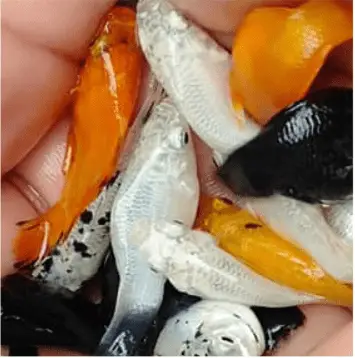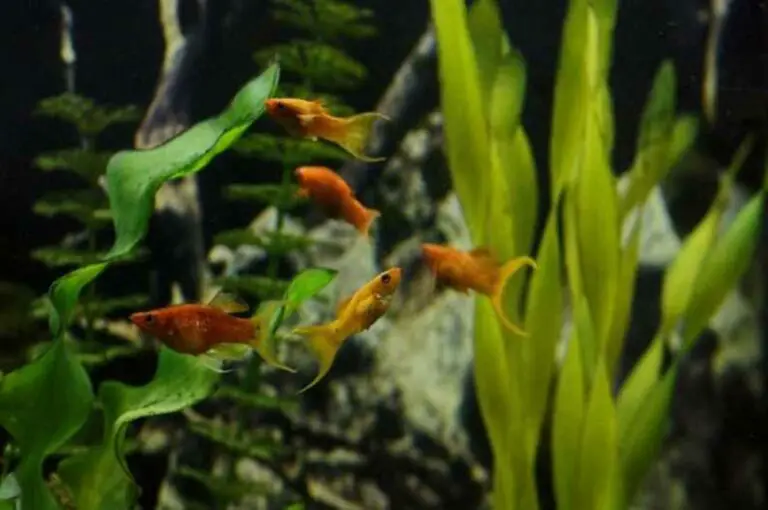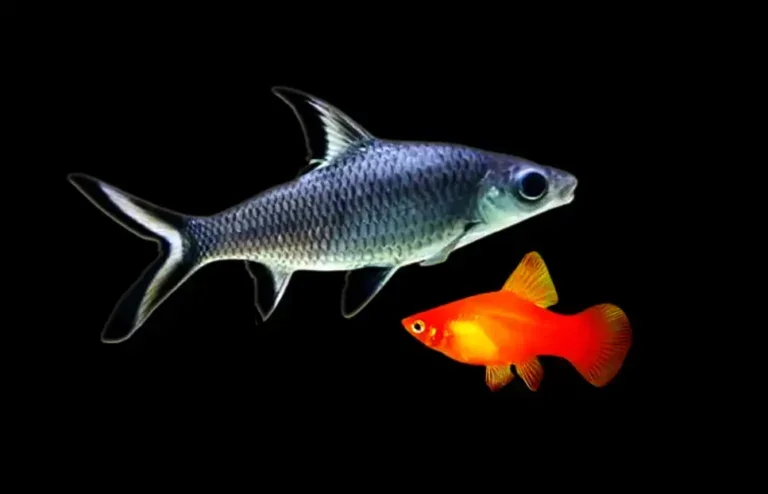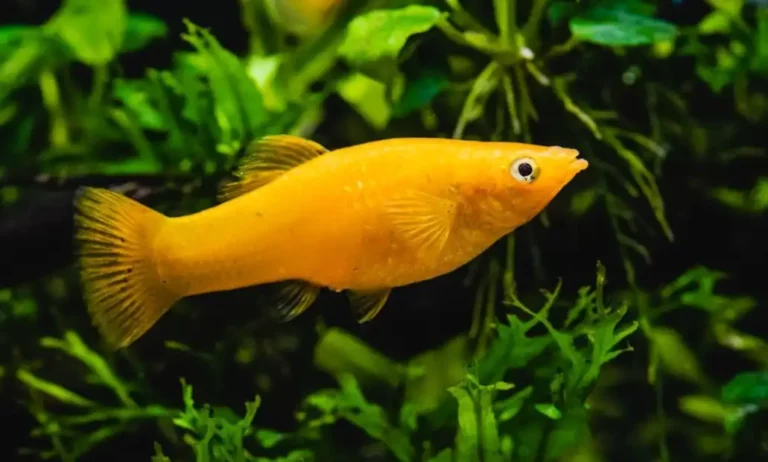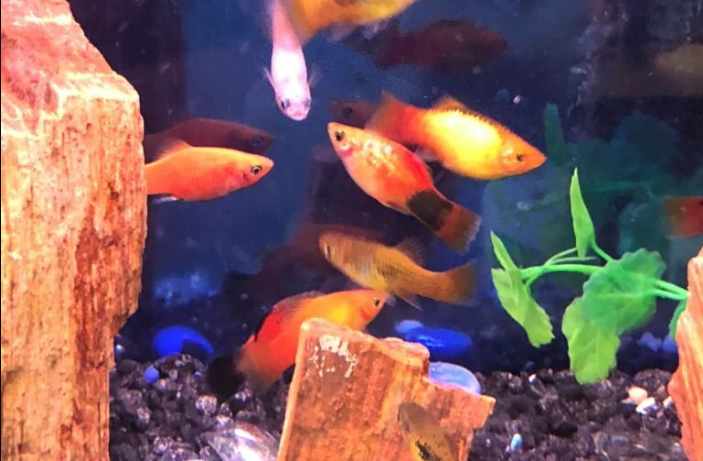Why are my mollies not breeding?
Mollies need a favorable condition to breed.
Why are my mollies not breeding? When they find it difficult to mate in the tank, there will be no breeding process. The mollies are not breeding because of the lack of hiding places, plants, water conditions, temperature, and overcrowding.
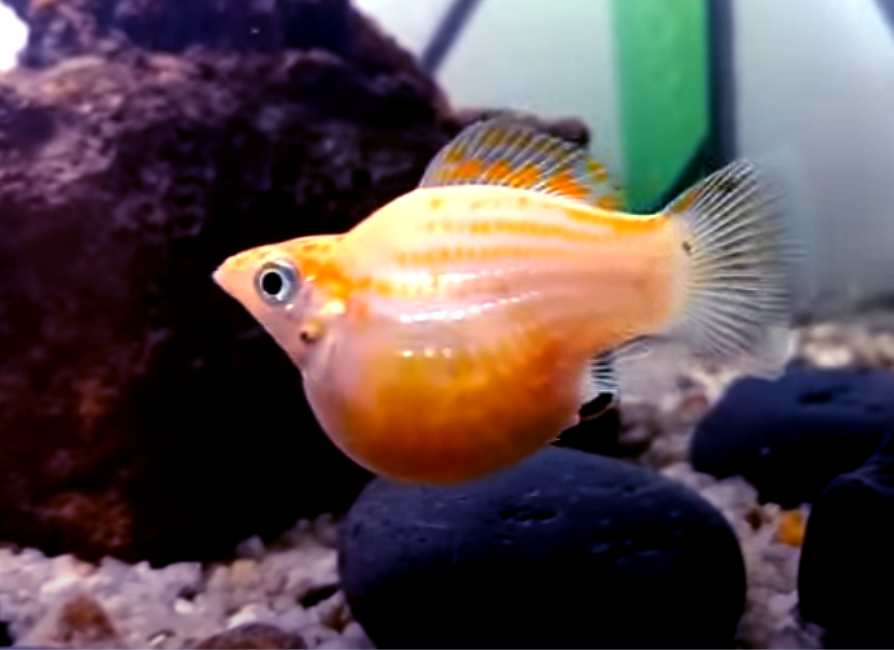
Table of Contents
- Why did my mollies stop breeding?
- What are the reason mollies not breeding?
- How long do mollies need to breed?
- Why is my pregnant molly not giving birth?
Why did my mollies stop breeding?
Mollies breed throughout the year. They breed like there is no tomorrow in their life. When mollies stop producing, it is a sign that the things that used to work for them no longer support their health.
It is not about whether they want to breed, but the water condition in the tank does not allow them to mate.
What are the reason mollies not breeding?
Here are some of the common reasons behind the mollies’ breeding process. Read these to understand what is happening in the mollies. Know why they are not breeding.
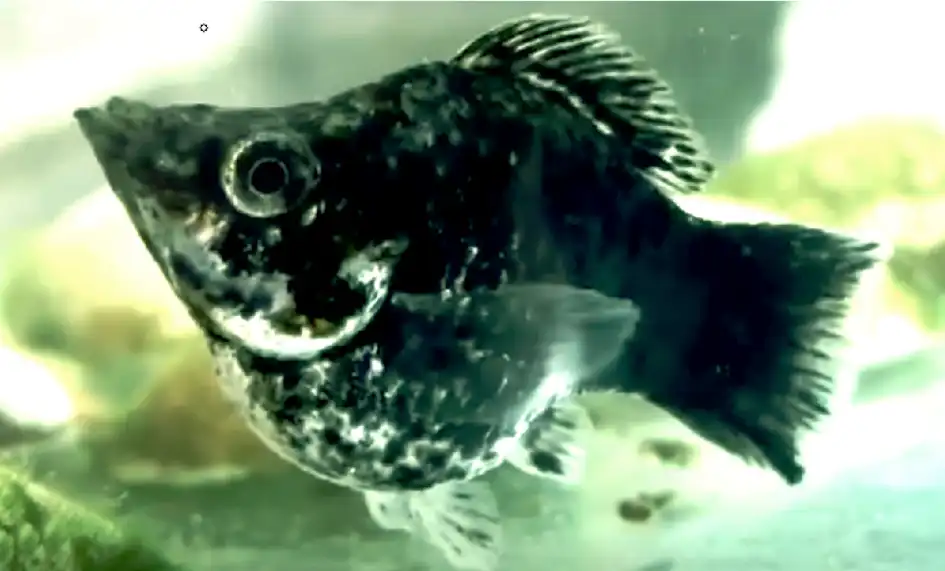
#1) Male Infertile
The health condition might cause infertility in the male. Even if you have a healthy female in the tank and a proper environment for breeding, infertility will not allow the mollies to get pregnant.
When breeding the mollies, ensure that you have at least 3 to 4 female mollies and two male mollies. The female should be more than male to allow them to mate and get pregnant quickly.
#2) Stressful environment
Aquarium has to be suitable for the mollies. In such a stressful environment, the female mollies would not mate with the male and try to keep their distance from each other.
When they are afraid of something, their primary focus would be survival. Follow the parameters to control the mollies stress-free. Consult with the experts and find the reason why the mollies are under stress.
#3) Bad Water condition
Another factor that changes the way mollies deal with the situation is the water condition. When water is not suitable for survival, the mollies would have difficulty protecting themselves. Their health would be at stake. Until you change the water, the mollies would try to stay hidden behind the plant.
It will not think of producing fry as they might also die in bad water conditions. Water too hot and cold would impact the health of the fish.
Check for chemical growth, such as pH level in the water. Replace few gallons of water with fresh water every week to keep the water condition suitable for the mollies.
#4) Hiding place
The molly’s pregnancy will not work out when the tanks don’t have enough hiding place. The mollies are wild fish.
Mollies thrive in an environment where they are always in a situation where a predator can attack them and eat them. These mindsets still exist in the fish living in the aquarium where there is no predator around.
When the aquarium doesn’t have a good hiding place, the mollies become anxious. They are more alert about the surrounding. In such a situation, they will not think of breeding.
Born fry also needs the hiding place to survive, else other fish in the tank may eat them as soon as they are born. Hiding spots protect the fry and keep them safe until they become large enough to face the challenges.
#5) Selection mistakes
In many cases, people make mistakes during the selection process. Mistaking the male and female pair could have a negative impact.
Having all the females or all the males will not have any chance of them getting pregnant. So you should know how to find whether the mollies are male or female.
Sometimes the male also grows bigger and may appear similar to the female. It will not work out if you keep all the males together in the tank and wish they breed and produce the fry. So check again whether you have chosen the right male and female for the breeding.
How long do mollies need to breed?
The reproduction process of mollies is around 30 days. So after putting the male and female together, they start breeding, and the outcome would be visible after 30 days.
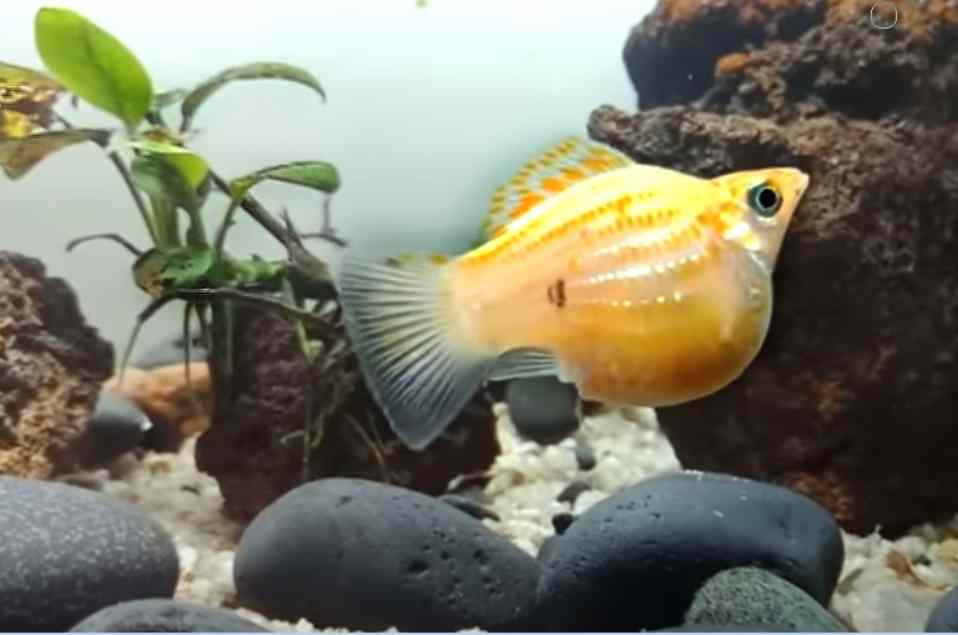
Both male and female mollies can start breeding at an early age. After they are born, between 10 to 20 weeks, the female will be ready to give birth to the fry. Mollies can breed all year round and keep producing the babies until they are healthy.
Why is my pregnant molly not giving birth?
Mollies can hold the delivery of the fry if they find the unsuitable water condition in the aquarium. So before giving birth to the fry, the mollies look for the water condition, hiding place, safe environment where mollies fry can thrive without any trouble.
Generally, the gestation period of the mollies is around 28 days. However, in some cases, the mollies delay the delivery. So the first thing that you need to do is to monitor the water temperature.
A cooler temperature would extend the delivery period. Longer gestation is not a natural phenomenon in mollies, but they can hold the fry when stressed.
Test the pH level in the water. Also, if the molly has first pregnancy, they might wait for several months before giving birth to the fry.
Various reasons could affect the delay. When it is the right time, mollies will start delivering the babies. So have patience and wait until mollies begin giving birth to the babies.
Take care of the water condition and provide a suitable environment for the mollies to feel safe in the aquarium. Put only females in the tank when the molly is ready to deliver the babies. If you have some other fish in the tank that may cause stress on the mollies, separate them into another tank.
Final Verdict
Understand what mollies need to breed and deliver healthy babies. Mollies try to protect the newborn fry before they are even born. Water conditions, suitable environment are essential for the growth of the mollies.
Put some effort into understanding what is happening in the aquarium. Check the water condition, pH level, plants, filter noise, and any sort of vibration that making the molly anxious. When you fix these common problems, the mollies will start reproducing.
Related Articles :-
https://www.tinyfishtank.com/can-bala-shark-live-with-mollies/
https://www.tinyfishtank.com/is-brine-shrimp-good-for-molly-fish/
https://www.tinyfishtank.com/how-to-treat-anchor-worm-in-molly-fish/
https://www.tinyfishtank.com/why-molly-has-hole-in-the-head-crossword/
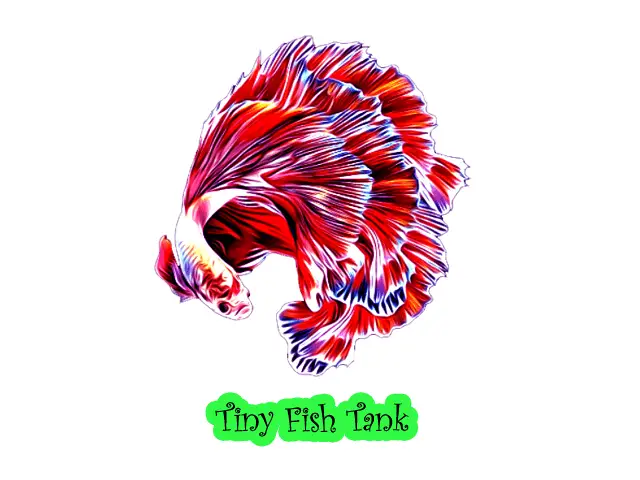
![Can Mollies Have Babies Without Males? [3 Vet advice]](https://www.tinyfishtank.com/wp-content/uploads/2023/02/Can-Mollies-Have-Babies-Without-Males.webp)
